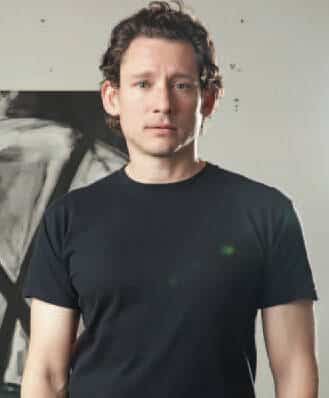
Lightner
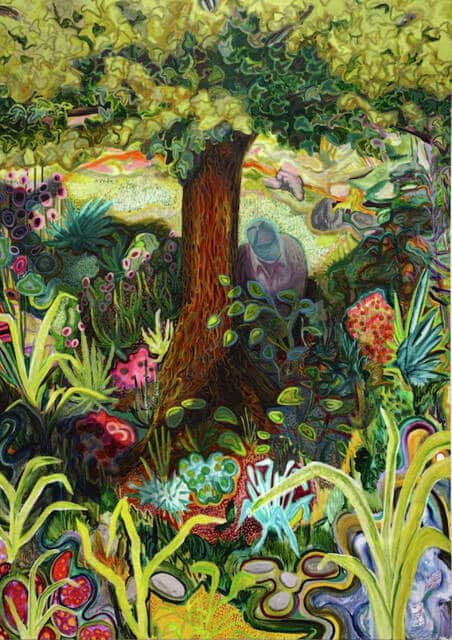
“Planting Lesson,” by Kurt Lightner.
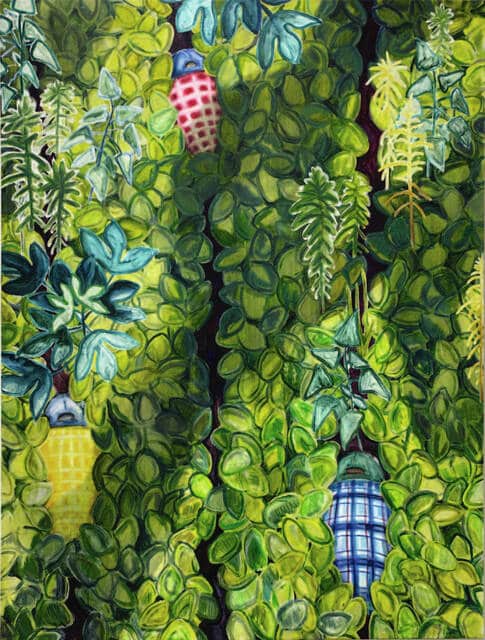
“Summer Work 1,” by Kurt Lightner.
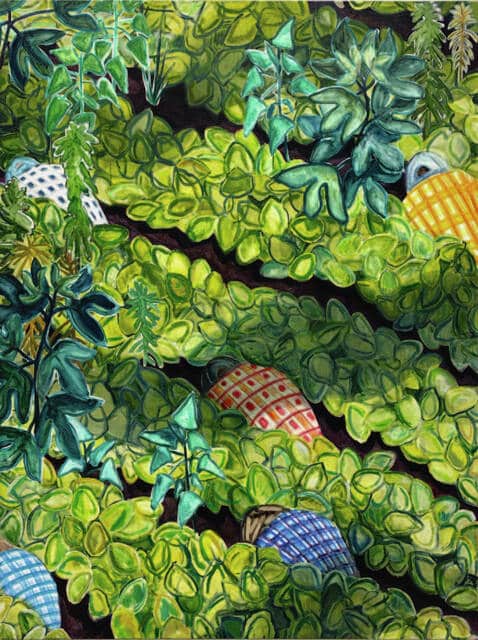
“Summer Work 2,” by Kurt Lightner.
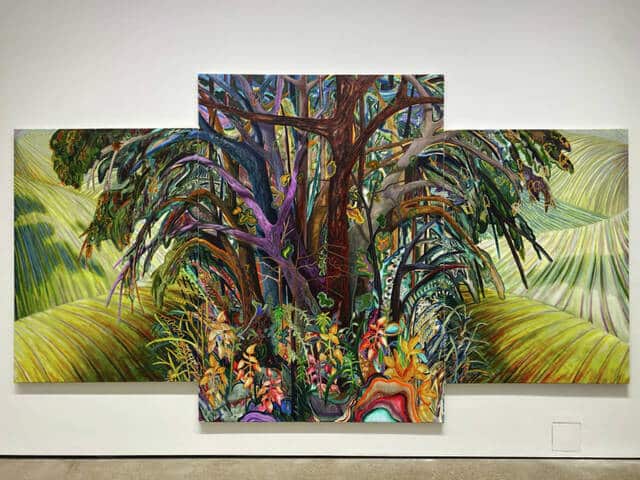
”The Middle Border,” by Kurt Lightner.
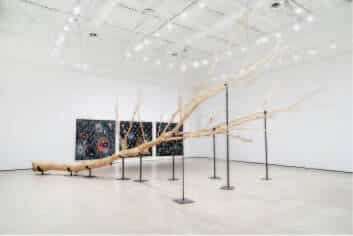
“Work,” by Kurt Lightner.
By Blythe Alspaugh
COLUMBUS — For Kurt Lightner, a love for art and nature began at an early age on his grandparent’s farm.
“There was a five-acre woods behind our house, on my grandparent’s farm. As a kid, I used to go back there and play all the time, go on these made-up archaeological digs, and I just really connected with nature, and it’s just sort of stuck with me, the magic of it all,” Lightner said.
Lightner, a graduate of Troy High School, would go on to earn his BFA from the Columbus College of Art and Design (CCAD) and his MFA from the School of Visual Arts in New York City. While he currently resides and works in New York City, the distinct culture of working and living on the farm has been captured in much of his art. His choice of mediums includes sculpture work, wood carving, acrylic on paper, and acrylic on canvas.
Five of his pieces are currently featured in the exhibit “Land” at the Beeler Gallery at CCAD in Columbus. Four pieces are paintings, two of which are titled “Summer Work 1” and “Summer Work 2,” respectively, and were inspired by memories of working in the soybean fields on his grandparent’s farm in Troy. Two other paintings, “Planting Lesson” and a triptych piece called “The Middle Border,” are also featured in the show.
The fifth piece, titled “Work,” is a sculpture piece consisting of a year’s worth of his great-great grandfather Samuel Ulery’s journal entries centered around working on the farm in the year 1898, carved into a tree from his grandparent’s farm in Troy. The piece is roughly 37-feet long, 27-feet wide by 17-feet high and is depicted lying on its side, much like how it looked after it was cut down.
“The beginning of it came from the journals that my great-great grandfather kept. He kept a daily journal for almost most of his life. We were never allowed to touch or look at them as a kid,” Lightner said.
In 2006, while at a residency in California, Lightner’s grandmother decided to divide up the journals among her children. Lightner’s mother sent some of the journals to Lightner, who began reading and transcribing them and found them fascinating in their simplicity and repetition. He described them as matter of fact and non-emotional, depicting life on the farm day-to-day.
“I carved a whole complete year into the tree, so it’s 365 days of what he did, and the idea is more about the process than the end product, in the sense that the work and effort and repetition in carving the tree mimics the text in the tree, his daily repetitive labor on the farm. At the end, the text actually transforms the silhouette of the tree and becomes embedded in it, and almost transforms it into this object that has history just over the time it was made, plus the relation between the way its positioned,” Lightner said. “You’re not able to read the complete thing in its entirety because it’s somewhat laying down, so just like history, you miss parts and pieces, and those connections get lost over time.”
The creation of “Work” has been a long 15-year process for Lightner that has been a burden at times. When he first started the project, he thought he would be done in a year. Over the years, he had to cut up pieces to work on it and eventually piece back together the finished product, and he struggled with it taking up both physical and mental space. One challenge that Lightner touched on was that when he started the project, the creativity stopped for him due to the repetitive work—which, ironically, mimicked work on the farm.
“It was very much a love-hate relationship for the bulk of the time,” Lightner said. “This is the first time I’ve seen the piece put fully together, because I’ve never had a space big enough to put it together, so my relationship with it was sort of these large chunks of wood. When I installed it in November, it was the first time I had ever seen it fully together. Our relationship sort of blossomed after that.”
Lightner’s work is featured alongside other CCAD Fine Arts Department alumni such as Bing Lee, Erin McKenna, Kate Rhoades, and Ed Valentine—all representing different times of the school’s history. Having his artwork featured at CCAD as an alumnus is an exciting experience, especially given that the Beeler Gallery had been unveiled in his last semester, with him being one of the first artists to get to curate the first show in the gallery.
“It’s great to have this full-circle moment, to number one, have this 15-year project to culminate back in Ohio, at this place where it all kind of started, in both regards—where this piece started, plus where I kind of started my art career, as well. I’m very honored to have it there,” Lightner said.
“Land” will be open to the public for viewing through Feb. 26 at the Beeler Gallery. Photos from the exhibit can be viewed online at https://www.beelergallery.org/upcoming-exhibitions/land. Lightner’s work can be viewed on his website, https://www.kurtlightner.net/.
CCAD’s Beeler Gallery is located at 60 Cleveland Ave., Columbus. Beeler Gallery is free and open to the public 10 a.m. to 6 p.m. Monday through Saturday. Visitors must wear a face mask while in Beeler Gallery and at all times while indoors on CCAD’s campus. For more information about Beeler Gallery, call 614-222-3270 or visit ccad.edu/beeler.


